Every house has a switchboard or switchbox, but what does it actually do? Switchboards are useful in electrical systems for both distribution and safety. They are a feature not just in homes, but in almost every other large electrical installation. Modern switchboards are typically pretty hardy. Instead of traditional fuses they use automatic circuit breakers to ensure that power surges don’t damage your home. Here is a quick guide to the functionality of domestic switchboards.
Distribution
The primary function of a switchboard is to distribute the power that is routed into your home. The power that is routed into your home from the national or regional grid is split into ‘branch circuits’ inside your switchboard. These are then routed to the different rooms in your home.
Although industrial and commercial switchboards can be very complex, the one in your house is likely to be very simple. This is because the more ‘switching’ the switchboard has to do, the more complicated it will be. An industrial setting might require lots of different uses of power at many different voltages and currents. This means that the corresponding switchboard will have to contain transformers and will also need to squeeze lots of different branch circuit switches under the hood.
The switchboard in your home will likely only need to contain a few different branch circuits, and certainly won’t need to transform any power from Alternating Current to Direct Current. Almost all modern homes only use Alternating Current to run appliances and power lights. AC power is safer and more efficient than DC power in domestic settings. The only exception is when solar panels are used. Most solar cells produce DC power.
Safety
The switchboard in your home is one of the key safety devices that keep your house safe from electrical surges. Surges in electrical power can cause short outs and fires. Switchboards are the location for the fuses and trips standing between the grid power and appliances.
These are known as overcurrent protective devices. Overcurrent protective devices essentially limit the circuit to the proper rate by automatically switching (in the case of circuit breakers) or bursting (in the case of fuses) when a high voltage current beyond their parameter is passed through them. Even if you only had one room in your house, a switchboard would still be necessary in order to contain these overcurrent protective devices. This is why it is essential to conduct switchboard repairs as soon as something fails.
How Can a Switchboard Fail?
Switchboard failures are actually relatively uncommon – but they do happen. Older houses are especially susceptible to failure due to the likelihood of them being wired to a lower standard than modern houses. Power surges caused by grid failures can also cause all of the fuses in older boards to blow at once, which can fry some of the wiring. Flood damage or fire damage can also make switchboards fail. It is absolutely essential that you get your switchboard seen to by a professional after a fire or flood.

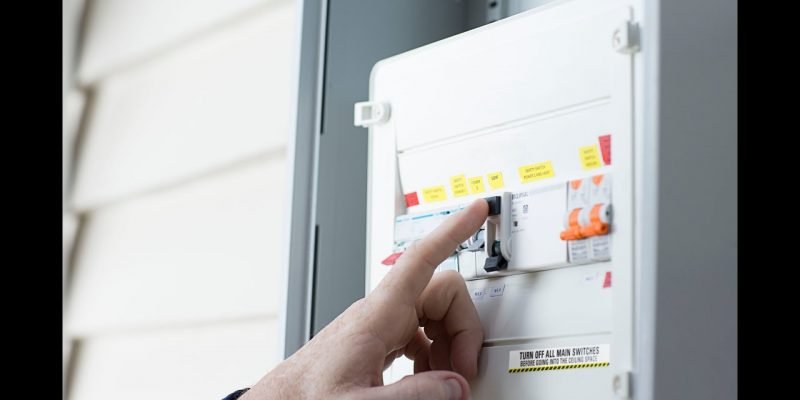
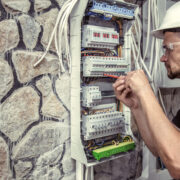
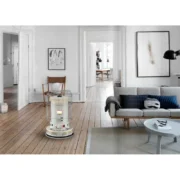
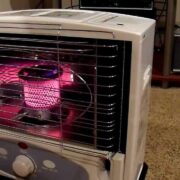
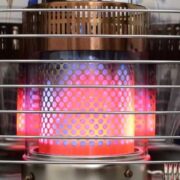
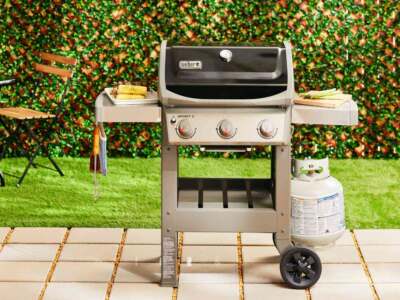
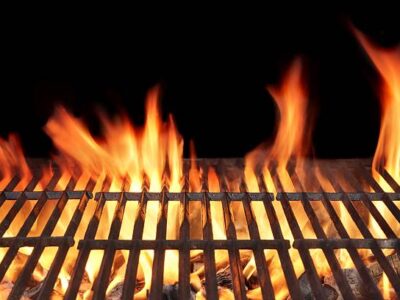

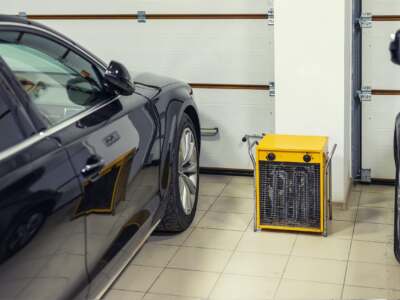
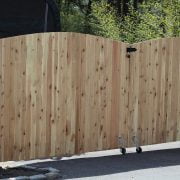



Comments